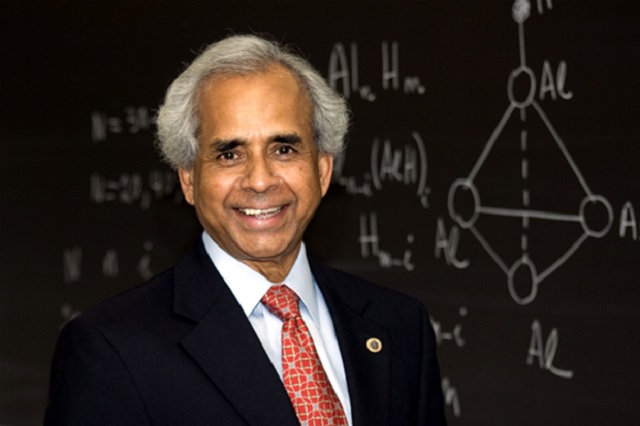 Image Credit: Virginia Commonwealth University
Image Credit: Virginia Commonwealth University
Researchers from Virginia Commonwealth University’s Physics Department have found that the electrolytes found in lithium-ion batteries were superhalogens, and that the vast majority of these electrodes were in fact toxic.
In their article ‘Superhalogens as Building Blocks of Halogen-free Electrolytes in Li-ion Batteries’, they propose an alternative solution for non-toxic and eco-friendly halogen-free electrolytes which could be an ideal option for use in batteries in the coming years.
It is anticipated that these findings will enable the production of safer batteries without any reduction in performance. The research team believe that the strategies detailed in their paper can also be adopted for creating cathode materials in lithium-ion batteries.
Superhalogens are a group of molecules which imitate the chemical structure of halogens but in comparison to the electron affinities of halogen atoms, they are larger. It was found that the negative ions making up the electrolytes are numerous and complicated in nature, and tend to have one less electron than the requirement for an electronic shell closure.
Some superhalogen molecules did not possess a single halogen atom. As a result, the team investigated whether the negative ion components of the current electrolytes are really superhalogens. They then attempted to prove that the halogen-free superhalogens could actually be useful as halogen-free electrolytes.
The researchers hoped that experimental researchers will be inspired by their findings and take up the development of halogen-free salts, which in turn will enable manufacturers to apply the salts in commercial applications.
Another discovery made by the researchers was that the method they outlined for Li-ion batteries which can be used for other metal-ion batteries such as magnesium-ion or sodium-ion batteries.